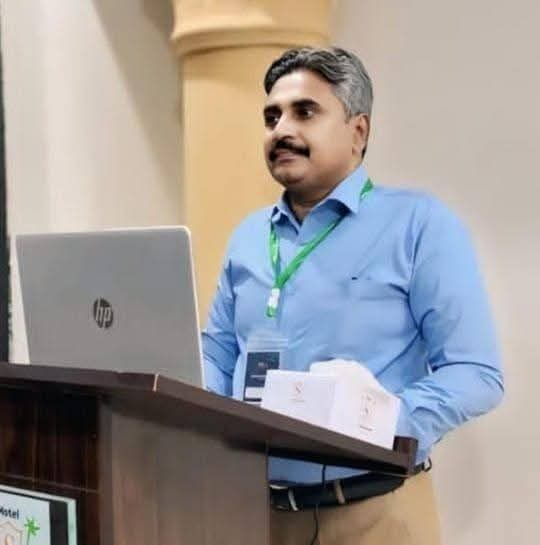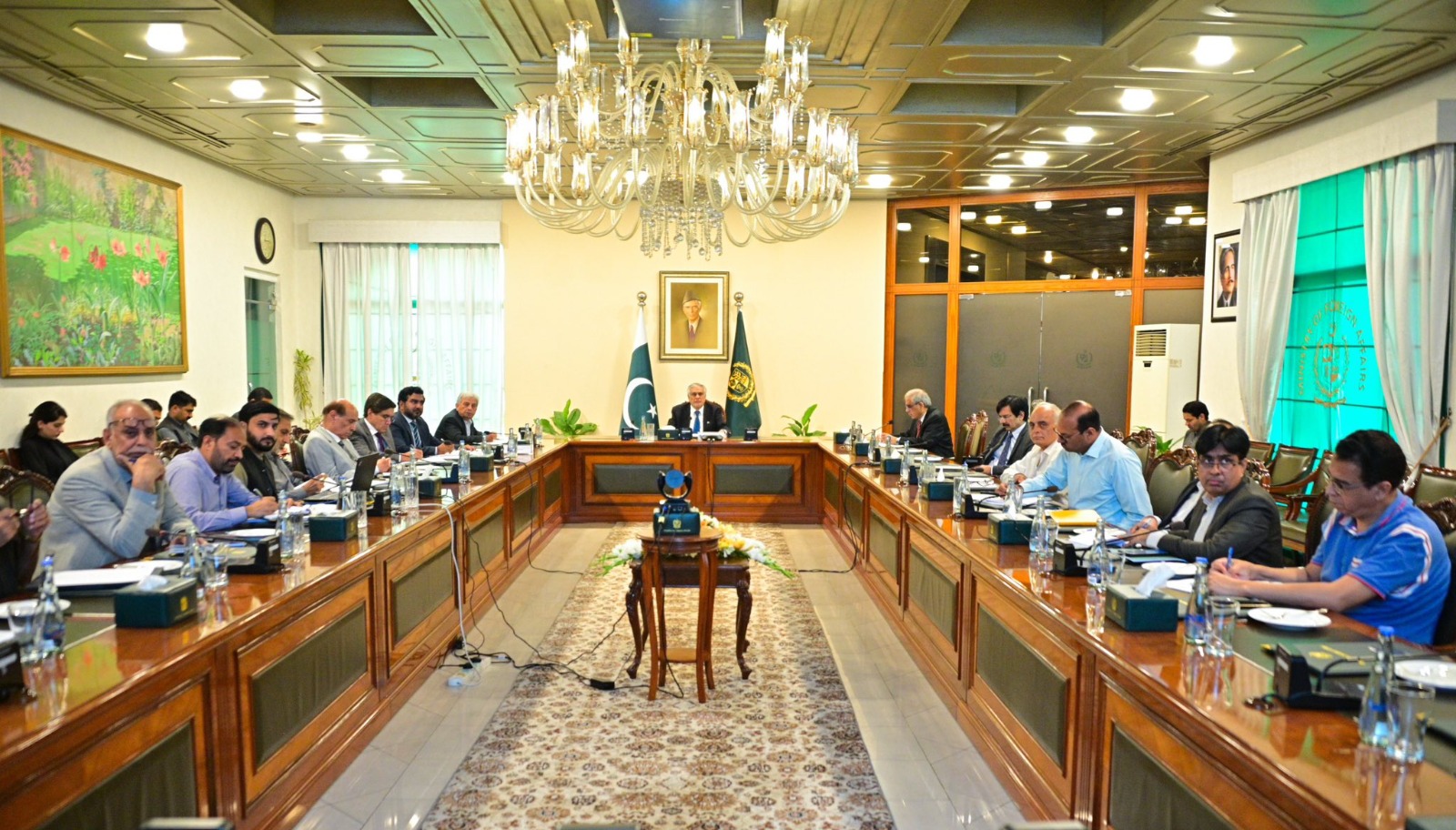August 8, 2025 I Friday

By: Sajid Mahmood
Moving Towards Cotton Revival: New Hopes Sparked by Ishaq Dar’s Meeting
By Sajid Mahmood
Cotton is the backbone of Pakistan’s economy. Unfortunately, over the past several years, this vital crop has experienced a sharp decline, adversely affecting not only the textile industry but also the livelihoods of millions of farmers. In this context, the Cabinet Committee on Essential Cash Crops held under the chairmanship of Deputy Prime Minister and Foreign Minister Senator Mohammad Ishaq Dar on August 7, 2025, is undoubtedly a welcome and timely step. The meeting reflects the government’s renewed seriousness toward addressing the challenges faced by the cotton sector.
The session witnessed in-depth discussions on production enhancement, seed quality, adoption of modern technology, climate-related vulnerabilities, and the role of research institutions. Notably, the emphasis on translating policy recommendations into concrete, actionable steps—rather than limiting them to paperwork—signals a significant shift towards outcome-driven governance.

Key Recommendations
- Immediate Restoration of Research Funding/Cotton Cess Arrears:
Research and innovation are imperative for reviving cotton in Pakistan. Therefore, institutions like the Pakistan Central Cotton Committee (PCCC) must be provided with immediate financial support. Accelerated research is essential for developing new varieties, coping with climate change, and promoting modern cultivation techniques. A positive development in this regard is the recent signing of a Memorandum of Understanding (MoU) between PCCC and the All Pakistan Textile Mills Association (APTMA), facilitated by the Ministry of National Food Security & Research. According to the MoU, textile mills are bound to clear their long-standing cotton cess dues in four installments. To make this agreement meaningful, 100% compliance must be ensured so that PCCC’s research operations can be fully restored. - Merger of PCCC with PARC:
To establish an efficient, coordinated, and modern cotton research framework, the merger of PCCC with the Pakistan Agricultural Research Council (PARC)—as per the Cabinet Division’s decision dated January 1, 2025—is imperative. This proposed merger would allow better alignment of resources, expertise, infrastructure, and funding, resulting in improved research output, development of resistant varieties, and more effective strategies against climate threats. This structural reform will not only boost cotton productivity but also reinforce national agricultural policy. Therefore, implementing this merger without delay is a critical and strategic step for the future of cotton. - Scientific Monitoring and Regulation of Seed Quality:
Sustainable cotton production depends heavily on the availability of high-quality seed. Strict legal enforcement must be imposed to ban the sale of unapproved, substandard, and genetically weak seed varieties. Only those varieties approved and certified by national and provincial seed certification bodies, with proven lab-tested and field performance records, should be allowed in the market. To this end, a comprehensive Seed Quality Surveillance System should be established, incorporating a nationwide lab testing network equipped with *DNA fingerprinting, germination tests, and varietal purity analysis. Additionally, a *digital traceability system should be developed to track seed origin to end-use, effectively preventing the circulation of counterfeit seed in the market. - Incentive Package for Farmers:
Small-scale cotton growers should be provided with subsidies on fertilizers, agrochemicals, and farm machinery, enabling them to achieve better yields at reduced costs. - Legal Protection and Support Price Announcement:
The government must ensure the timely announcement and implementation of a minimum support price for cotton every year. This will offer financial security to growers and reduce market exploitation. - Partnership with the Textile Industry:
The textile sector must be actively involved in research and development initiatives to move from being just consumers of cotton to becoming collaborative stakeholders in its sustainable development. - Establishment of an Independent Oversight Commission:
A neutral commission comprising agricultural scientists, farmer representatives, and institutional stakeholders should be constituted to monitor and evaluate the implementation of policy actions for cotton sector reform.
